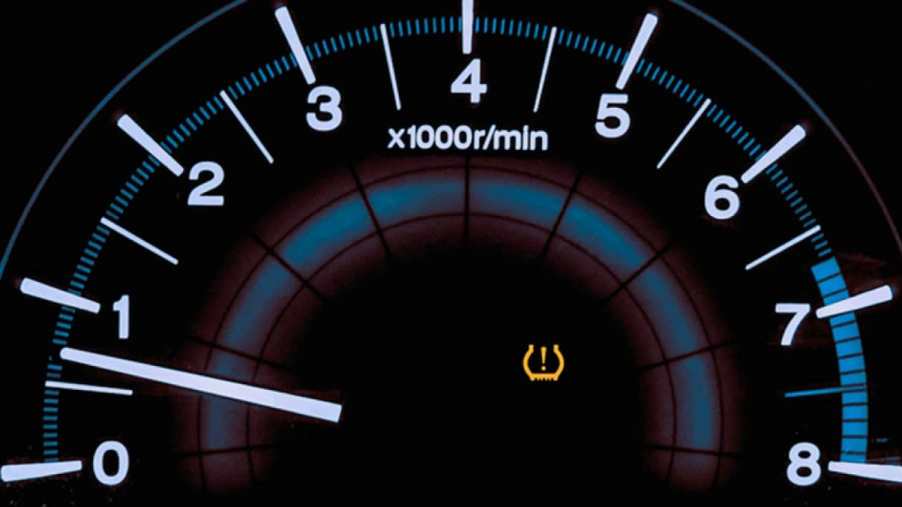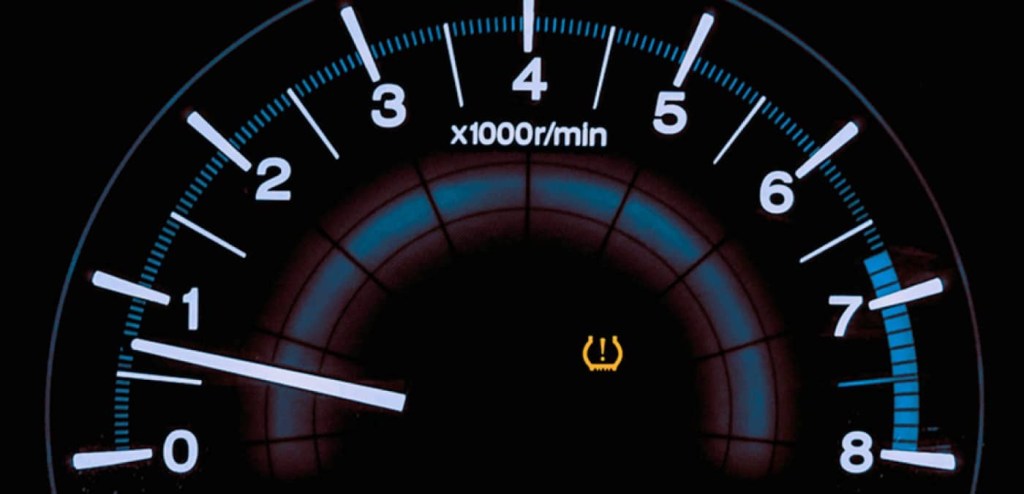
What Do You Do When the Tire Pressure Light Comes On?
It’s getting colder, and with that comes the potential for low tire pressure. Tires can be finicky things if you don’t know what to look out for. Thankfully, that potentially scary tire pressure light doesn’t have to be all that scary. So, what do you do when the tire pressure light comes on?

What does the Tire Pressure light look like?
The tire pressure light typically looks like the bottom half of the tire with an open top and an exclamation point inside it. The light is often orange, yellow, or red. Some cars may even say “Tire Pressure Low” and signify the exact tire that is low. My 2015 Mini Countryman has this issue every time the temp drops. I have become quite familiar with the sounds and lights associated with tire pressure.
Do cold temperatures make your tire pressure low?
Tire pressure is dependant on a few things. Temperature is a big one that often is forgotten. When the temperature drops, so does the pressure in your tires. Most modern cars have a sensor that monitors this pressure and will alert you to a sudden drop.
This may alarm many drivers but fear not. We will discuss this first since this is the most common cause of sudden tire pressure drops.
“In round numbers, tire pressure changes +/-1 pound per square inch for every corresponding change of +/-10° F,” says Woody Rogers, director of tire information at Tire Rack. “As an example, if you set your pressure today at 60 degrees and tomorrow morning it is 30 degrees, your tire pressure will be about three psi lower.” Some cars/tires are more sensitive to pressure changes, but 3 psi is usually enough to set the tire pressure light off.
What do you do when the tire pressure light comes on?
Anytime your vehicle gives an alert that you aren’t familiar with, pull over at the nearest safe place and assess the situation. In this case, this would mean checking the tire pressure of each tire. An improperly inflated tire can be extremely dangerous. Under-inflated tires are also less fuel-efficient due to the added contact and friction. More times than not, a little bit of air in the affected tire and a TPMS reset will do the trick. Consult your car’s manual for how to reset TPMS.
After driving and heating the tires up, you may notice that the tire pressure light may go off. However, this does not mean that your tire pressure is correct. Regardless of the tire pressure light, Consumer Reports recommends that you check your car’s tire pressure at least once a month.
What is the Tire Pressure Monitoring System?
Your car may refer to this as the TPMS for short. This system monitors the tire pressure for your vehicle. Each wheel has its own sensors that will throw the light if pressure drops.
“The vast majority of TPM systems in the U.S. are the direct type, which has a pressure sensor/transmitter mounted to the wheel,” Rogers says. “The sensor/transmitter is most often attached to the end of the valve stem on the end that is out of sight, inside the tire’s air chamber. A small number of direct systems have the sensor/transmitter separate from the valve stem.”
The name of the game is to keep your eyes on your tires. It is the most effective and simple way to keep your car in good shape and yourself safe.



